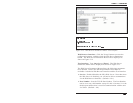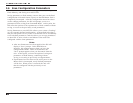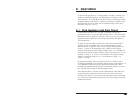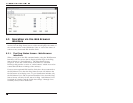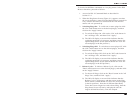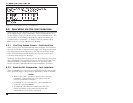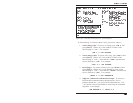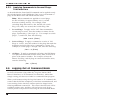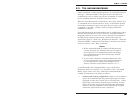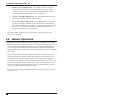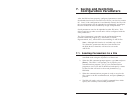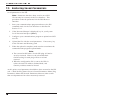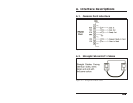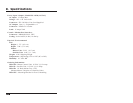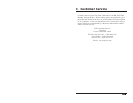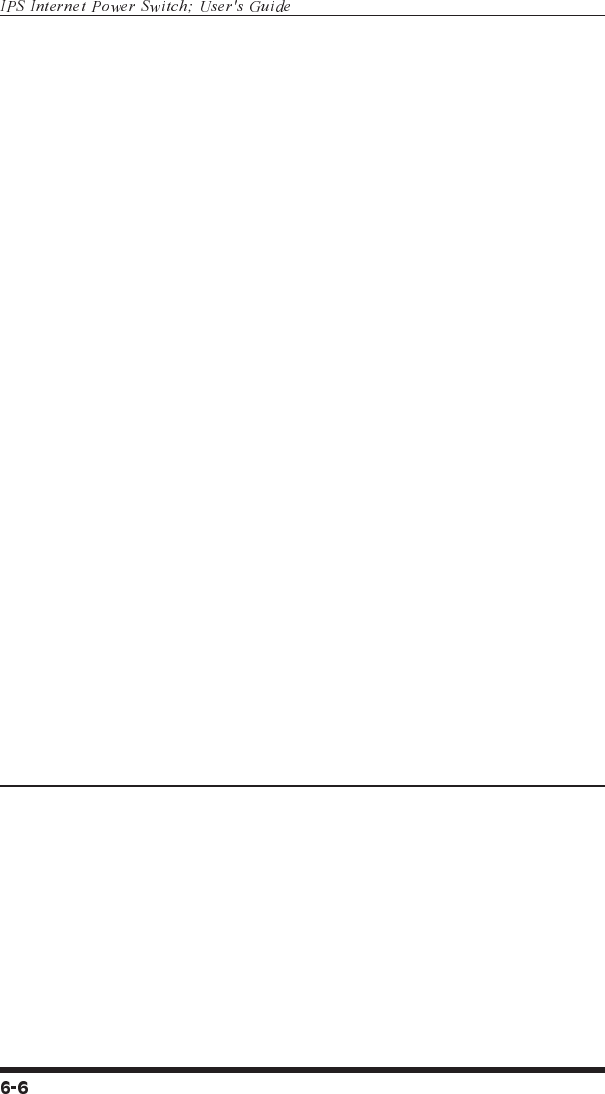
6.3.3. Applying Commands to Several Plugs -
Text Interface
As described below, Boot/On/Off commands can be applied to only
the switched outlet on the IPS Master Unit, or to an assortment of
plugs on the Master Unit and linked Satellite Units.
Note: When commands are applied to several plugs,
the IPS will delay for approximately one (1) second
between switching actions. For example, when
switching Plugs One and Two On, the IPS will switch
Plug 1 On, delay one second, then switch Plug 2 On.
1. Several Plugs: To apply an On / Off / Boot command to
several plugs or zones, enter the numbers or names for the
plugs, separated by a "plus sign" (+). For example to switch
plugs 1, 4, and 5 Off, enter the following:
/OFF 1+4+5 [Enter]
2. Series of Plugs: To apply a command to a series of IPS
Plugs or "zones", enter the number for the plugs that mark the
beginning and end of the series, separated by a colon. For
example, to switch plugs 1 through 3 On, enter the following:
/ON 1:3 [Enter]
4. All Plugs: To apply a command to all plugs (the IPS Master
Unit plus each connected Satellite Unit), enter an asterisk in
place of the name or number. For example, to Boot the
Master Unit Plug, and all plugs on connected satellite units,
enter the following:
/BO * [Enter]
6.4. Logging Out of Command Mode
When you are finished communicating with the IPS, it is important
to always disconnect using either the "Log Out" button (Web
Browser Interface) or /X command (Text Interface), rather than
simply closing your browser window or communications program.
When you disconnect using the Log Out button or /X command, this
ensures that the IPS has completely exited from command mode, and
is not waiting for the inactivity timeout period to elapse before
allowing additional connections. This ensures that IPS unit will be
available to other users, and they will not have to wait for the
timeout period to elapse before accessing the IPS Command Mode.




